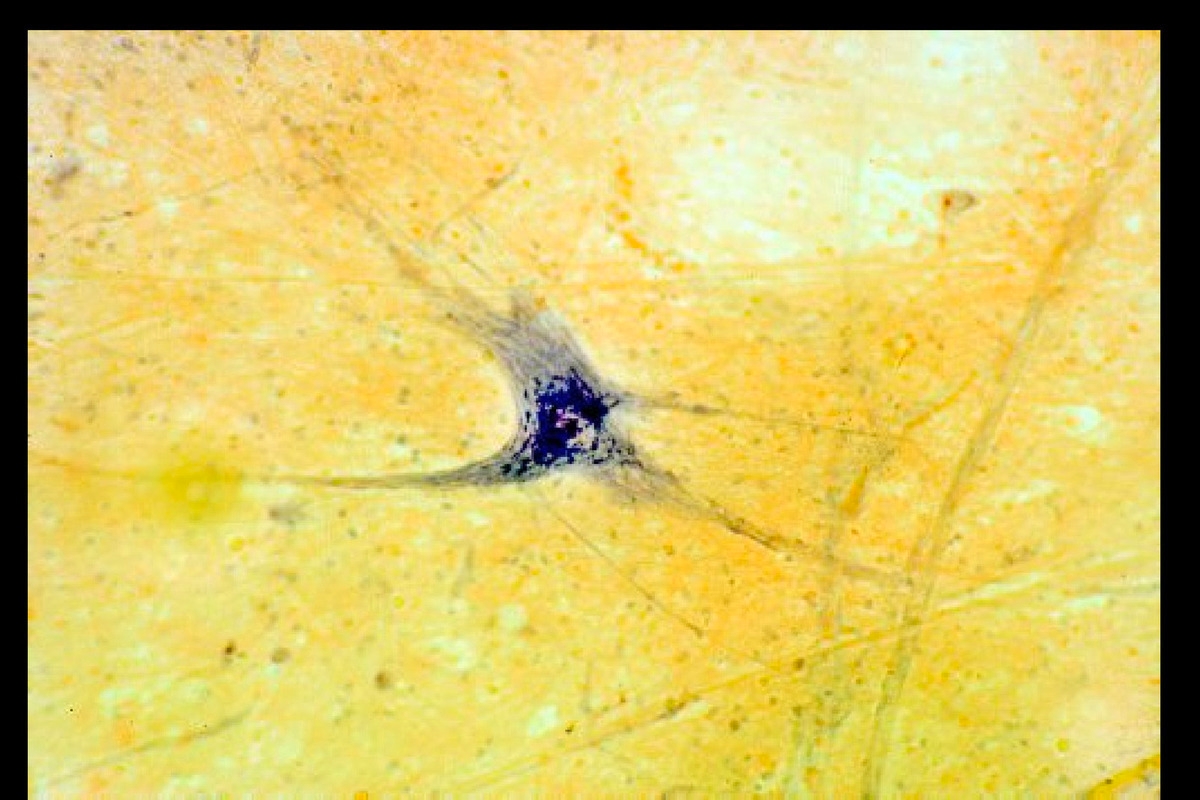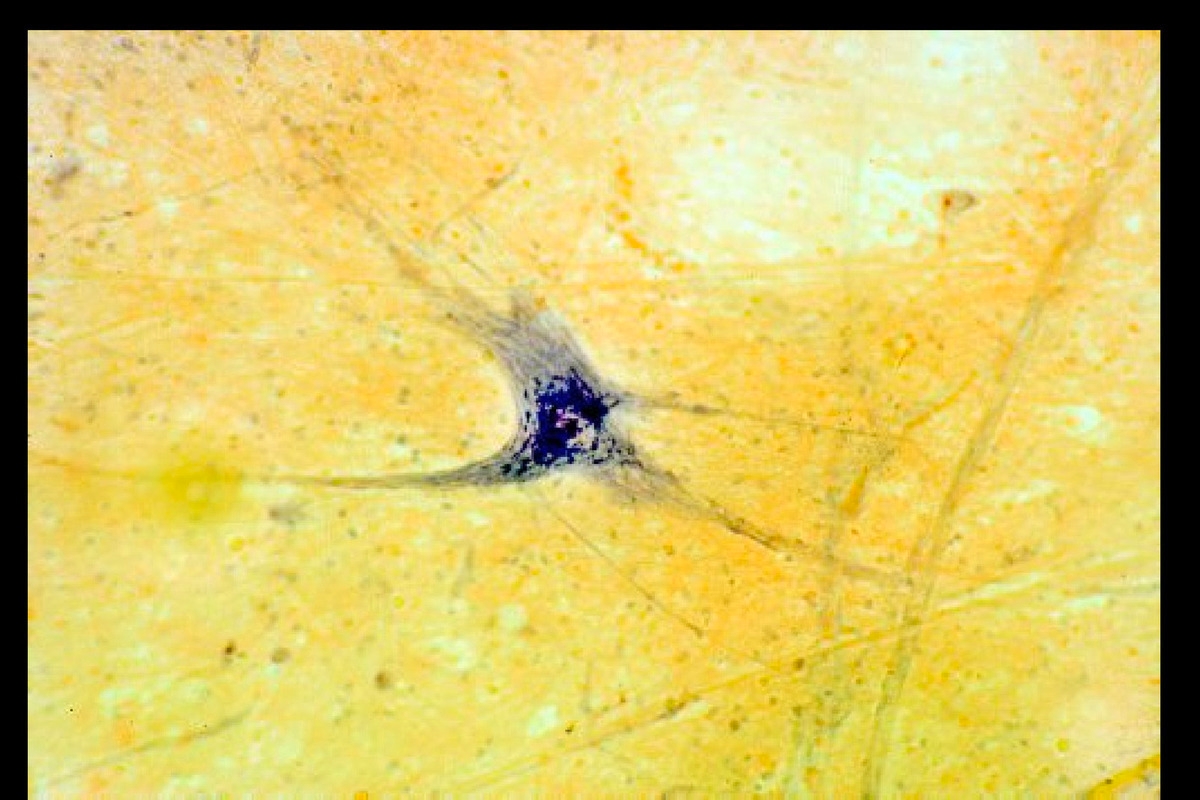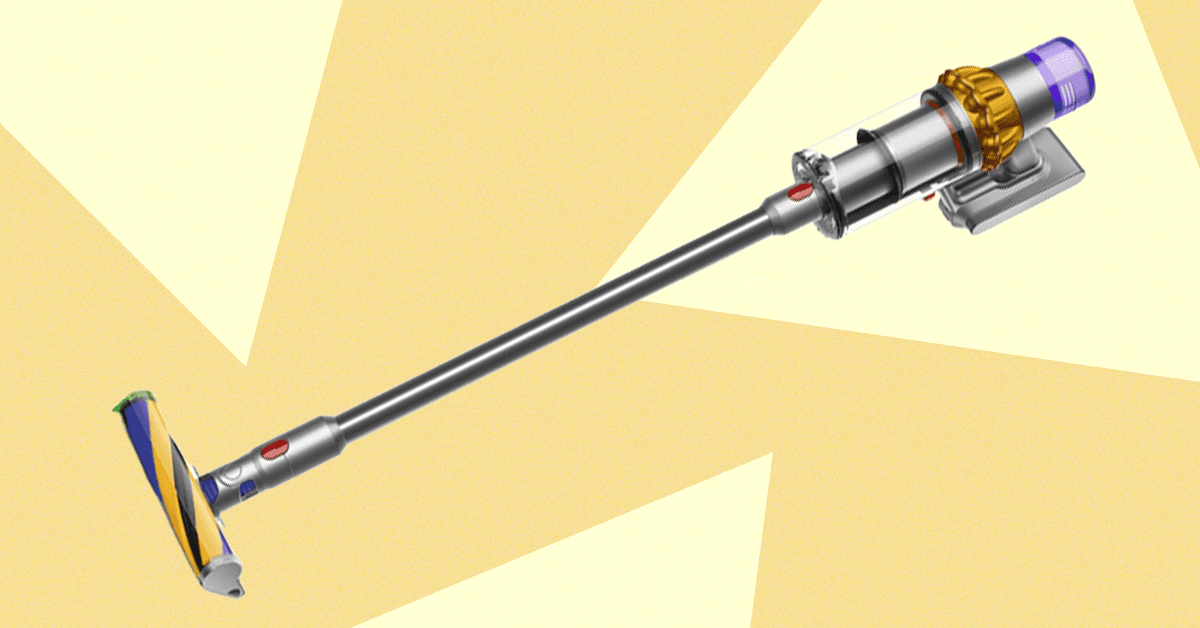Brain cells in people with schizophrenia were found to be smaller than those of normal people.

Psychiatry Research: Brain cells in people with schizophrenia are smaller and linked to hallucinations

test banner under the title image
A new study, published in the prestigious journal Psychiatry Research , demonstrates for the first time that brain cells in people with schizophrenia are physically smaller, and this difference in size correlates with the severity of hallucinations. Using advanced imaging techniques to study the smallest structures of the brain, scientists discovered that neurons in patients with schizophrenia are shorter and narrower than those in those without the disorder.
A research team led by Professor Ryuta Mizutani of Tokai University focused on investigating the biological basis for the reduction in gray matter volume, which had previously been identified using large-scale neuroimaging techniques (such as MRI). While MRI reveals overall differences in brain volume, particularly in the anterior cingulate cortex, which plays a key role in cognitive and emotional processes, these methods were unable to provide a detailed picture of the state of individual neurons.
"It has long been believed that mental disorders are not accompanied by obvious neuropathological symptoms. This implies a lack of changes in neurons, but this sounds somewhat odd. Identifying neural changes in mental disorders should provide clues to their treatment. This idea prompted us to analyze the three-dimensional structure of neurons in schizophrenia patients using nano-CT with synchrotron radiation," explains study author Professor Ryuta Mizutani.
To achieve this goal, the scientists used cutting-edge nano-computed tomography technology with synchrotron radiation. The study was conducted on postmortem brain tissue samples from eight patients diagnosed with schizophrenia and eight controls. The team focused on pyramidal neurons in the anterior cingulate cortex, which are considered key for interregional brain communication.
An analysis of over 260 neurons revealed significant morphological differences: the average length of neuronal cell bodies in people with schizophrenia was approximately 80% of that in controls, while their width decreased to approximately 90%. The most pronounced changes were observed in pyramidal neurons: their length was only 79% of that in controls. Furthermore, the researchers found that a shorter soma, combined with more tortuous neurites (which transmit signals less efficiently), reliably differentiates schizophrenia cases from controls.
Previous studies have already indicated that neurites (the thread-like extensions of neurons) become thinner and more tortuous in schizophrenia. This study is the first to confirm that these changes also affect the cell bodies themselves (somas), which contain the nucleus and are the processing center for neural activity. These structural changes at the cellular level may provide new avenues for the development of more effective treatments for schizophrenia aimed at restoring normal neural function.








